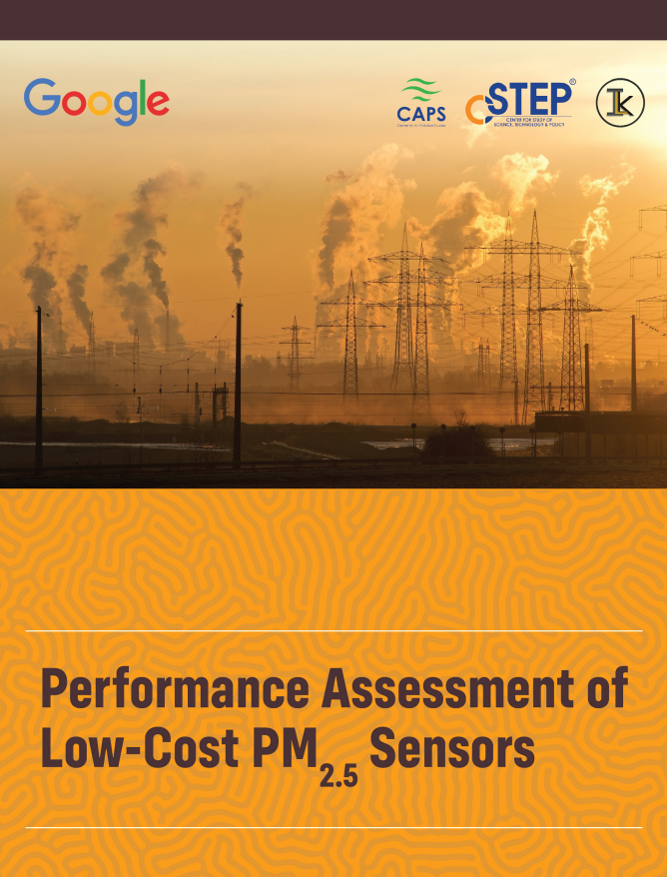Low-cost sensors (LCSs) that measure PM2.5 are becoming popular for monitoring air pollution because of their low cost and portability. South Asian countries could especially benefit from using LCSs as reference-grade monitors are expensive and not always affordable. LCSs could also aid in monitoring air pollution in areas/geographies where access to reference-grade monitors is limited. The low cost and portability of LCSs, however, come with some trade-offs on data quality, reliability, and shelf life.
The Center for Study of Science, Technology and Policy (CSTEP) and ILK Labs have brought out a technical note titled ‘Performance Assessment of Low-Cost PM2.5 Sensors’ to evaluate the performance of LCSs. The study was supported by Google. During the assessment, various LCSs measurements were compared with the measurements of a reference-grade instrument.
From the study, it is evident that PM2.5, temperature, and relative humidity measurements of LCSs can capture trends. The uncorrected measurements can be used for qualitative information. For example, they can be used to identify specific days or locations that are more polluted than others. Given the affordability, portability, and ease of installation, LCSs can help give air quality information in areas with no monitoring. The high temporal resolution (compared to reference-grade instruments) is also useful in capturing short pollution events. However, for utility beyond qualitative characterisation, LCSs data need more processing.

Read the full report here.
